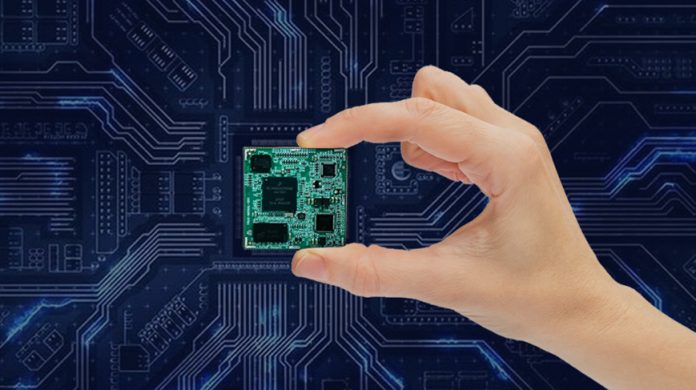Before we sink deep into the details of measuring and comparing the sizes of the boards, let’s start from the beginning. A System-on-Module is a small package with all the main components of an embedded processing system. The above mentioned includes the processor cores, communication configurations, and memory blocks on a tiny production-ready printed circuit board (PCB). In one word, a SoM is an entire CPU architecture all in a small package.
SoM Applications
Robotics and industrial automation are revolutionizing the industry by developing more intelligent and productive machines. Manufacturers all around the world are deploying smart factories or Industry 4.0 systems in order to increase output and save expenses.
As the demand for smart machines grew, so did the market for embedded systems with better computational power and plug-and-play capabilities, resulting in a need for small and powerful SoMs or CoMs. These allow for faster and more cost-effective product development and implementation; compared to traditional approaches, SoM aids in the speedier debut of a new product on the market. Furthermore, employing SoM allows for modern technologies like AI and ML to boost productivity even further.
What Is An Embedded System, and How Does It Work?
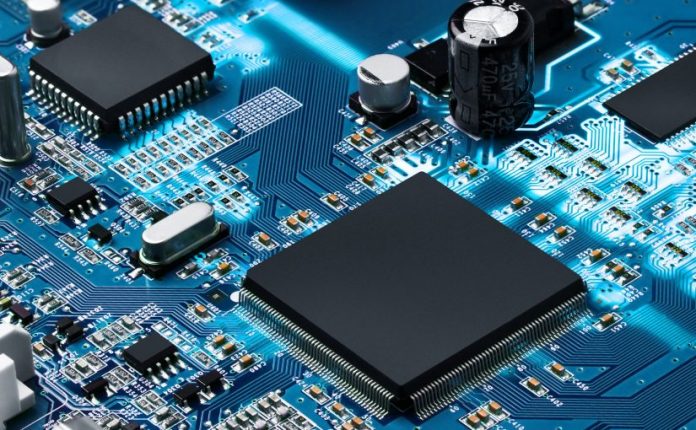
A microprocessor or microcontroller-based embedded system is a hardware/software system that performs specific functions within a more extensive mechanical or electrical system. Embedded systems are used in digital watches, microwaves, hybrid autos, and avionics, among other things. Up to 98 percent of all microprocessors made are embedded systems.
From a single microcontroller to a suite of processors with related peripherals and networks, and from no user interface to elaborate graphical user interfaces, the complexity varies. The complexity of an embedded system differs substantially depending on the goal for which it was designed.
Why an SoM?
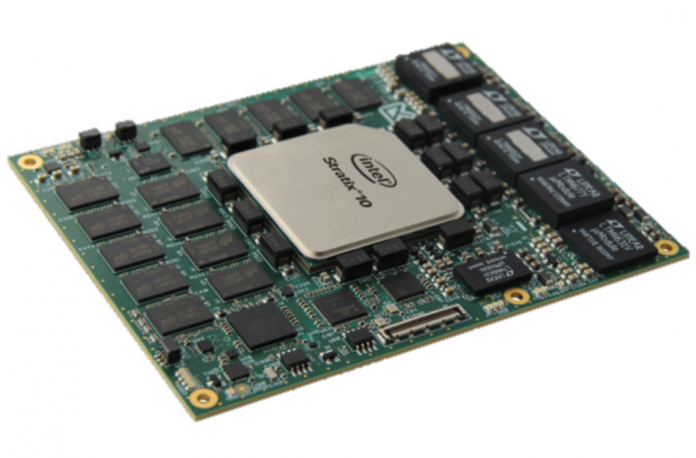
According to Wikipedia, an SoM, which stands for System on Module, is a board-level circuit that combines a system function in a single module. It may be possible to combine digital and analog functionality on a single circuit board. Embedded systems are one of the most common applications.
To explain this more understandably, SoM is a tiny computer planted on an embedded development board. The operating system, device drivers, and associated Board Support Packages are all found on the SoM. By employing an off-the-shelf CoM, system developers can focus on application-specific elements such as Hardware (Display, Interfaces, Peripherals) and Software (Application, UI) and reduce time-to-market.
Perks Of Using SoMs
The first and most crucial benefit of employing SoMs is that it allows for a faster development cycle. The time-consuming process of creating a CPU subsystem is avoided – for example, power management, memory interfacing, and so on.
Faster time-to-market: A shorter development cycle means you can launch a product sooner.
Reduced cost: A shorter development cycle allows the design team to save money by reducing the carrier board’s development cost and timetable.
Scalability: The computing module has a plug-and-play feature that allows you to upgrade to a high-performance SoM when you need to run large applications or integrate new technologies such as artificial intelligence or machine learning into your application without changing the carrier board design.
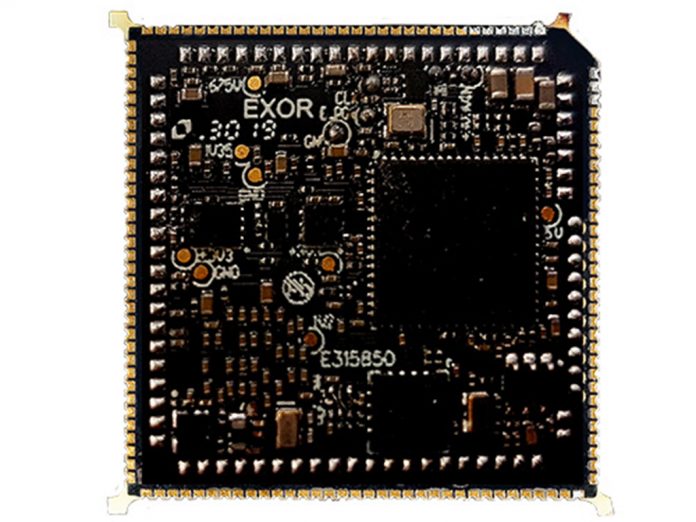
Durability: SoMs are typically designed to last for at least ten years.
Reduce Risk: Using SoM decreases risk during the development process by reducing the carrier board’s layer building complexity.
Does Size Really Matter?
We are going to talk about the two products now and automatically you will see the main differences between the two products. But let’s be brief, so the I.MX8M mini system on the module uses micro HDMI, and the I.MX8M PLUS system on the module uses standard HDMI; those are different in sizes.
The second significant difference is in the processors. The I.MX8M mini system on the module can use single-core, dual-core, and quad-core processors. Yet, the I.MX8M PLUS system on the module can use only dual-core or quad-core processors.
I.MX8M PLUS SYSTEM ON MODULE
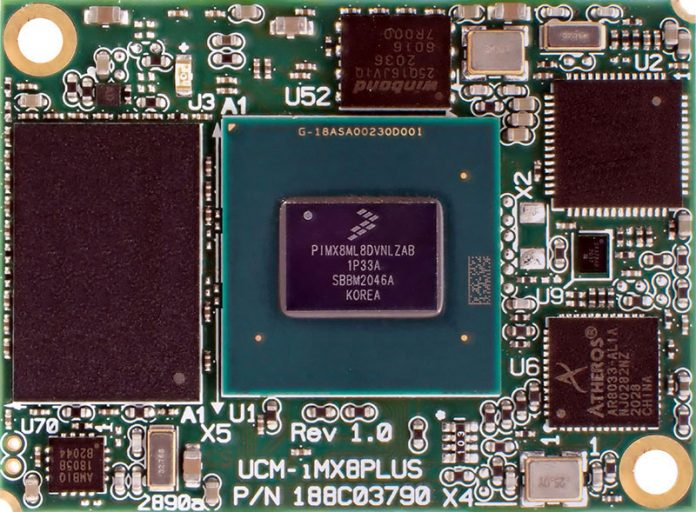
OEMs and integrators can design and deploy innovative and power-efficient solutions at the edge using SolidRun’s i.MX8M Plus Computer-on-Module.
Why The I.MX8M PLUS
1. High-performance machine learning edge
A machine learning accelerator is integrated on the iMX8M Plus SoM to process neural networks thirty times faster than Arm® processor cores. Inference engines, neural network compilers, and optimized libraries are all part of the NXP eIQ software.
2. Industry 4.0 reliability
Low latency and exact time synchronization are vital features of Industry 4.0 applications that use the built-in TSN capability. Create a real-time control procedure for industrial applications with the M7 core and CAN-FD interface.
3. Intelligent vision system
The i.MX8M Plus SOM has dual ISP and MIPI-CSI interfaces, allowing it to provide an intelligent and compact vision system for real-time high-definition image processing.
4. Pin compatibility
Scale up or down between SolidRun‘s i.MX8 product families, which include the i.MX8M Plus / i.MX8M Mini / i.MX8M / i.MX8M / i.MX8M / i.MX8M / i.MX8M / i.MX8M / i.MX8M / i.MX8M Pin compatibility and common software resources that enable a flexible and forward-thinking approach to developing future-proof solutions for high-demand, low-power applications.
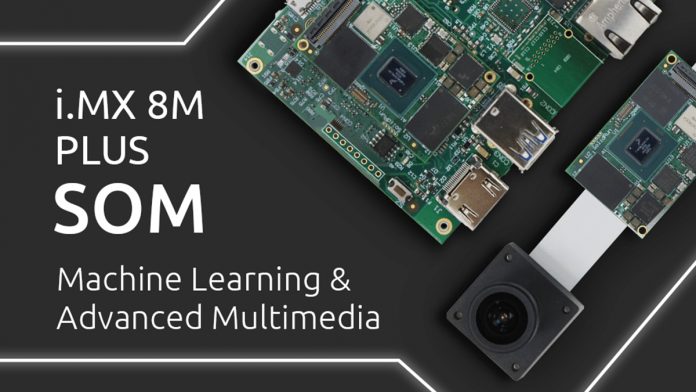
I.MX8M MINISYSTEM ON MODULE
SolidRun’s i.MX8M Mini SOMs use NXP’s Arm Cortex A53 single/dual/quad-core 1.8GHz (with single Cortex M4 general-purpose processor) Arm Cortex A53 single/dual/quad-core 1.8GHz (with single Cortex M4 general-purpose processor) Arm Cortex A53 single/dual/quad-core 1.8GHz (with single Cortex M4 general-purpose processor) Arm Cortex A53 single/dual. With up to 4GB LPDDR4, 2 x USB 2.0, powerful network connectivity options like Bluetooth and optional WiFi, PCIe 2.0, robust multimedia features like 20 audio channels (32bits), MIPI-DSI, and 1080p encoder and decoder, this cutting-edge building block is tailor-made for a wide range of IoT and industrial applications.
Why The I.MX8M Mini SOM

1. Cost effective
The i.MX8M Mini SOM provides an excellent power/performance/cost ratio for running the latest Linux distributions, with up to 4 x Cortex A53 64-bit cores.
2. I.MX8M NANO
Without adding any additional hardware, mechanical, or software changes to your design, you can create a nano variation on the same SOM. SolidRun offers this feature as a built-to-order option.
3. Power efficiency
The SoC can achieve an ideal performance/power ratio for use in general-purpose IoT applications and the industrial market, thanks to the 14LPC FinFet fabrication process.
4. Small yet capable
The i.MX8M Mini SOM is a complete powerhouse with a small footprint of only 47 x 30mm, making it the ideal building block for embedded applications of all sizes.
Wrapping Up
The ball is in your court now! It’s time to make your choice and hop on the SoM train to the future.
